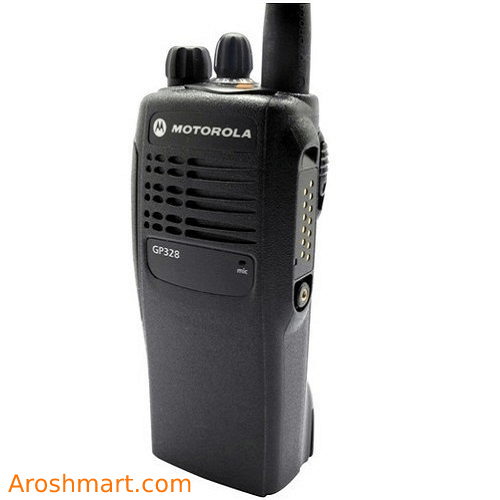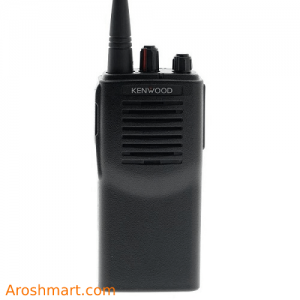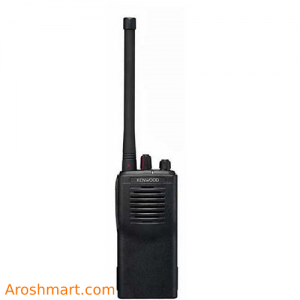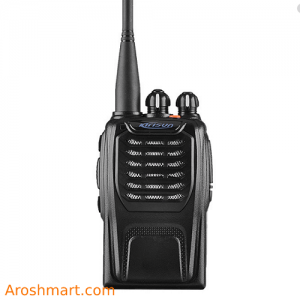Description
Motorola GP-328 16 Channel Walkie-Talkie
- Kirisun PT558 two-way radio walkie-talkie has eight programmable channels.
- It has a rotary selector, 102 x 48 x 30 mm walkie-talkie size.
- but weight 225g including battery, 1200 mAh li-ion battery.
- So, Power output 0.5 watts on the UHF band, low battery alert.
- and integral belt clip uses industry-standard “Kenwood” style audio socket.
- a battery pack and a “drop-in” desk charger.
- click to more item
- visite bcmgbd.com
- The personal walkie-talkie has become popular also because of the U.S. Family Radio Service (FRS) and similar license-free services (such as Europe’s PMR446 and Australia’s UHF CB) in other countries. So, while FRS walkie-talkies are also sometimes used as toys .because mass-production makes them low cost. They have proper superheterodyne receivers and are a useful communication tool for both business and personal use, for example, FRS and GMRS overlap in the United States, resulting in substantial pirate use of the GMRS frequencies. Use of the GMRS frequencies (USA) requires a license; however, most users either disregard this requirement or are unaware. Canada reallocated frequencies for license-free use due to heavy interference from US GMRS users. The European PMR446 channels fall in the middle of a United States UHF amateur allocation, and the US FRS channels interfere with public safety communications in the United Kingdom.
Motorola GP-328
While the bulk of personal walkie-talkie traffic is in the 27 MHz and 400-500 MHz area of the UHF spectrum.
- There are some units that use the “Part 15” 49 MHz band (shared with cordless phones, baby monitors.
- and similar devices) as well as the “Part 15” 900 MHz band; in the US at least, units in these bands do not require licenses as long as they adhere to FCC Part 15 power output rules.
- A company called TriSquare is, as of July 2007, marketing a series of walkie-talkies in the United States,
- based on frequency-hopping spread spectrum technology operating in this frequency range under the name eXRS (eXtreme Radio Service—despite.
- the name, a proprietary design, not an official allocation of the US FCC).
- The spread-spectrum scheme used in eXRS radios allows up to 10 billion virtual “channels” and ensures private communications between two or more units.






Reviews
There are no reviews yet.